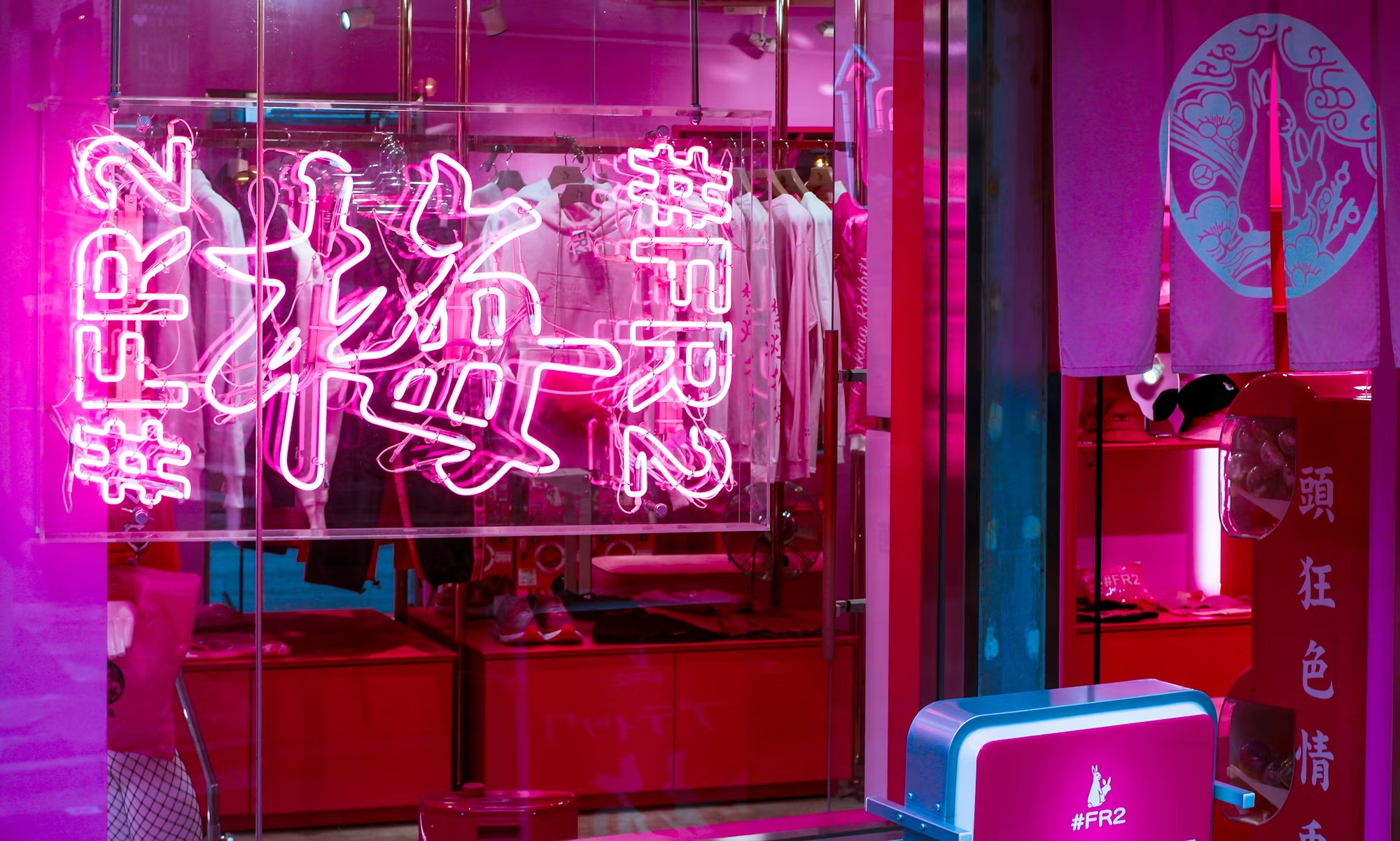The retail landscape is continuously evolving, influenced by technological advancements, changing consumer preferences, and a growing emphasis on sustainability. As we look to the future of retail, several key trends are emerging that promise to redefine the shopping experience. This article explores these trends and their implications for both consumers and retailers, providing insights into how the industry is adapting to meet the demands of a new era.
One of the most significant trends shaping the future of retail is the rapid integration of technology into the shopping experience. With the rise of e-commerce, consumers have become accustomed to the convenience of online shopping. However, traditional brick-and-mortar stores are not being left behind; instead, they are adopting innovative technologies to enhance in-store experiences. Augmented reality (AR) and virtual reality (VR) are becoming increasingly popular, allowing customers to visualize products in real-time. For example, furniture retailers are utilizing AR apps that enable shoppers to see how a piece of furniture would look in their home before making a purchase, bridging the gap between online and offline shopping.
Another technological advancement transforming retail is the use of artificial intelligence (AI). Retailers are leveraging AI to analyze consumer data, predict trends, and personalize shopping experiences. By understanding customer preferences, retailers can offer tailored recommendations, streamline inventory management, and optimize pricing strategies. For instance, AI-driven chatbots are now commonplace, providing customers with instant assistance and improving overall service quality. This level of personalization not only enhances customer satisfaction but also fosters brand loyalty as consumers feel understood and valued.
As consumers become more conscious of their purchasing decisions, sustainability has emerged as a crucial factor in the retail industry. Shoppers are increasingly seeking brands that prioritize environmentally friendly practices and ethical sourcing. This shift has led many retailers to implement sustainable practices, such as reducing waste, using recyclable materials, and promoting eco-friendly products. Retailers that embrace sustainability are not only appealing to a growing segment of environmentally conscious consumers but also positioning themselves as leaders in the market. Brands that transparently communicate their sustainability efforts are more likely to build trust and loyalty among customers who value ethical practices.
Additionally, the rise of social commerce is changing the way consumers discover and purchase products. Social media platforms, such as Instagram and TikTok, are evolving into shopping destinations, allowing brands to showcase their products directly to consumers. Influencer marketing plays a significant role in this trend, as influencers help brands reach new audiences through authentic endorsements. The integration of shoppable posts and live shopping events on these platforms has made it easier than ever for consumers to make purchases with just a few clicks, creating a seamless shopping experience.
Furthermore, the concept of omnichannel retailing is gaining momentum. Today’s consumers expect a seamless experience across all shopping channels, whether online or in-store. Retailers are investing in integrated systems that allow for a cohesive shopping journey, enabling customers to switch between channels without interruption. For example, a shopper may browse a product online, check its availability at a nearby store, and then choose to pick it up in person. This flexibility enhances the overall shopping experience and caters to the diverse preferences of consumers.
Another noteworthy trend is the rise of experiential retail. As shopping becomes increasingly digitized, retailers are recognizing the importance of creating memorable experiences that draw customers into stores. Experiential retail focuses on providing interactive and immersive experiences that engage consumers beyond traditional shopping. Pop-up shops, in-store events, and hands-on demonstrations allow brands to connect with their audience on a deeper level. By offering unique experiences, retailers can foster a sense of community and encourage customers to spend more time in-store, ultimately driving sales.
The growth of subscription services also reflects changing consumer behavior. Subscription models have gained popularity across various industries, from beauty products to meal kits. These services offer convenience and personalization, allowing consumers to receive curated selections of products delivered to their doors. Retailers are leveraging this trend by creating subscription options that cater to specific interests, providing consumers with a hassle-free way to discover new products. Subscription services not only boost customer loyalty but also create predictable revenue streams for retailers.
Moreover, the importance of localism is gaining traction. Consumers are increasingly interested in supporting local businesses and seeking out unique, locally made products. This trend has prompted retailers to emphasize their local roots, showcasing regional products and collaborating with local artisans. By tapping into the growing demand for local goods, retailers can differentiate themselves from larger competitors and foster a sense of community connection.
As we move forward, the retail industry will continue to evolve in response to these trends. Retailers that embrace technological advancements, prioritize sustainability, and focus on creating meaningful experiences will be well-positioned for success in this rapidly changing landscape. The future of retail is not only about selling products; it’s about building relationships with consumers, understanding their values, and delivering exceptional experiences that resonate on a personal level.
In conclusion, the future of retail is bright and full of opportunities. With the integration of technology, a focus on sustainability, and a commitment to enhancing the customer experience, retailers can navigate the challenges and capitalize on the trends shaping the industry. As consumer expectations evolve, those who adapt and innovate will thrive in the ever-changing world of retail, creating lasting connections with their customers and driving growth in the years to come.
